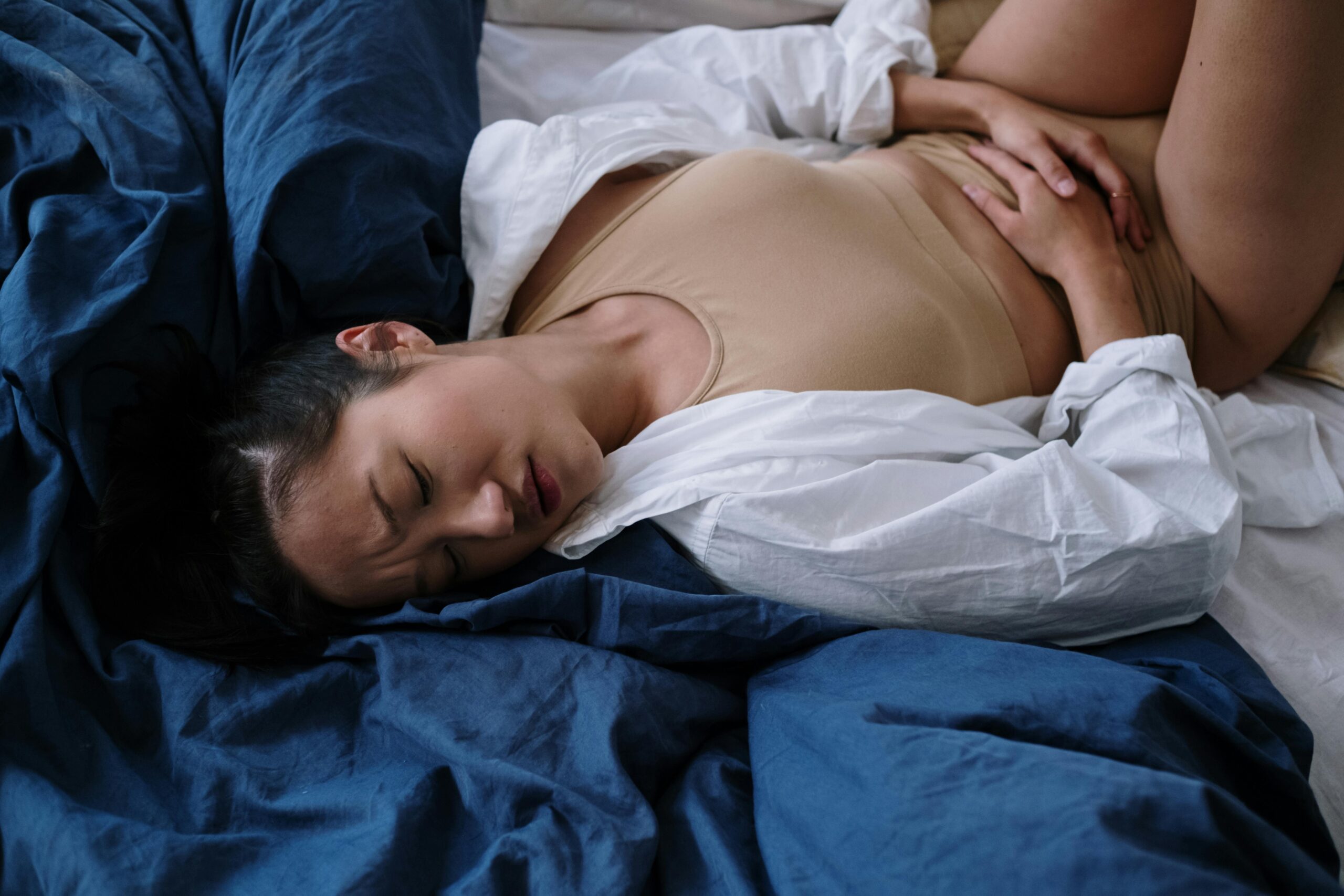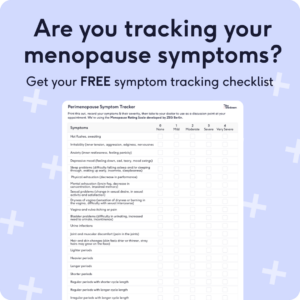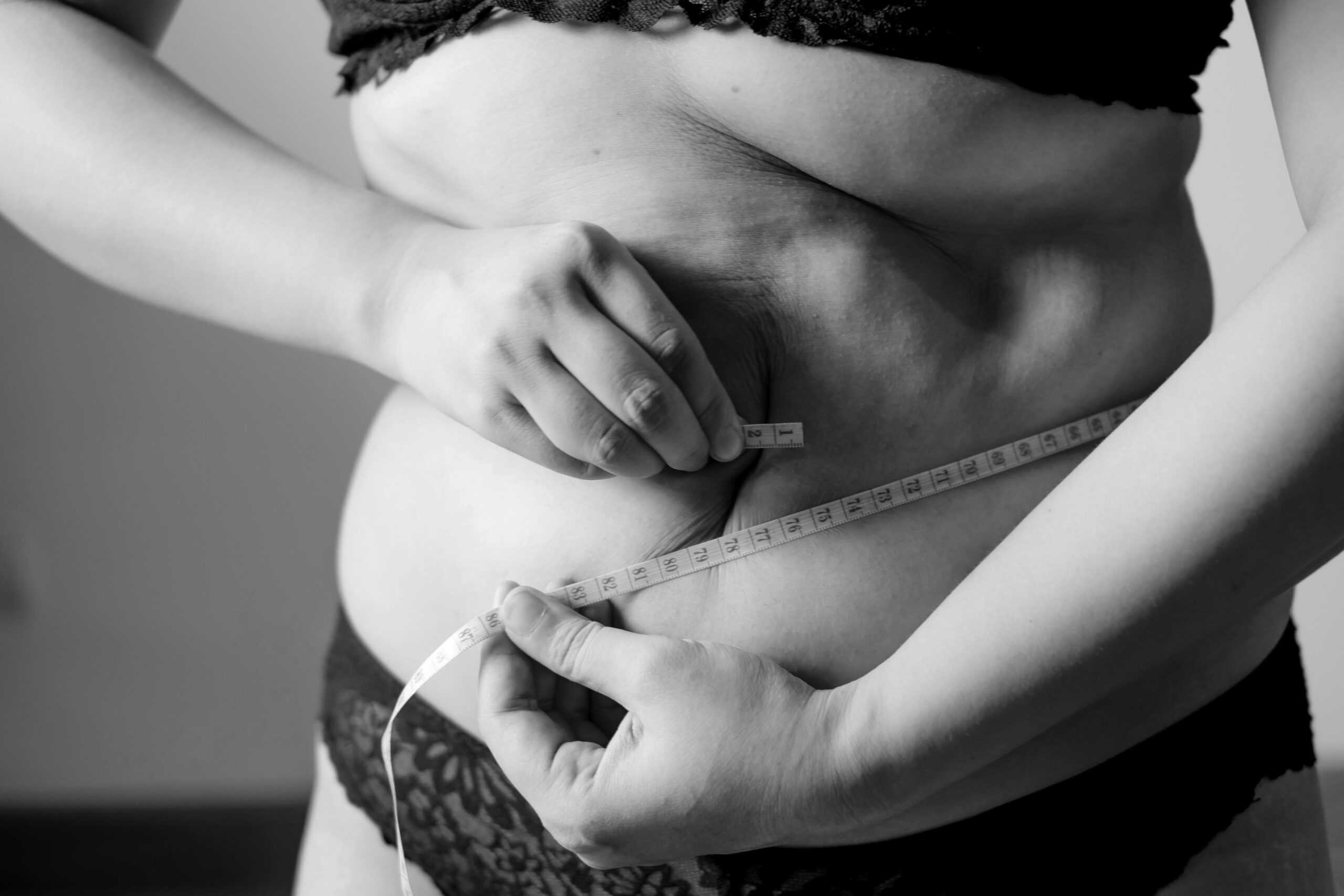
Menopause and exercise
What's the lowdown?
Menopause is a life phase that often comes with noticeable body changes like weight gain around the waistline
Physical activity can directly improve some of the menopause symptoms like insomnia, disrupted sleep or what we call the “menopause belly”
Getting back on your fitness track? Don’t sweat it. Think variety and create combos that let you train for strength, flexibility, and increase your heart rate
The most important thing is to find a routine you can stick to and listen to your body.
What’s the Best Exercise for Menopause?
Menopause can bring a surprising number of symptoms (more than 34!), which vary widely from one individual to another. Whether you’re experiencing night sweats, hot flushes, difficulty sleeping, joint or muscle pain, you might wonder if exercise could help you manage some of these symptoms.
The good news is, yes, it can!

How exercise can help with menopause changes
Remember how relaxed you felt after that last workout? That’s the effect of endorphins being released in your body. These chemicals are partly responsible for improving sleep quality. So, increasing exercise means adding more of the feel-good ingredient, which compensates for the sleep disruptions that often come with menopause [1].
On the other hand, other hormones, like oestrogens, fluctuate and eventually drop. Hormonal fluctuations is an all-natural process [2] during menopause but it also means that body parts benefiting from oestrogens might not perform as well or may even ache. This is commonly the case for muscles or joints [3].
Oestrogens play a role that goes beyond reproduction. They help protect the heart by keeping blood vessels flexible and promoting healthy cholesterol levels. They also reduce inflammation, which supports good bone density and reduces the joint pain and stiffness often experienced during perimenopause.
It may sound counterintuitive, but staying active helps with sore or weak muscles. Engaging muscles, in turn, helps with joints that are tightly connected to them and tend to absorb whatever malfunctions in the muscles [4]. To tackle this specifically, you can look into low-impact activities such as swimming or yoga [5].
Physical activity is not only a great way to cope with daily life, it also keeps stress, anxiety and depressive episodes at bay [6]. In fact, promising reports, based on women’s experiences, highlight how overall health and mental well-being are greatly improved thanks to physical activity [7]. This is also what our community members going through perimenopause are saying about exercise
As to whether exercise alone can be an effective treatment for night sweats and hot flushes, studies are rather slim in this area. [7]. Physical activity cannot be presented as THE solution for vasomotor symptoms. It is best to include exercise within the constellation of lifestyle changes.
That’s why we suggest approaching menopause in a holistic way. Perhaps what will work for you is a combination of exercise together with medication, such as Hormonal Replacement Therapy, diet changes, finding your community, and a team of clinicians well-versed in women’s health. The combination is very personal and we encourage you to talk to your doctors to explore different avenues.
Exercise for menopause belly
The years leading to menopause come with the greatest changes in terms of body composition: Fat tends to settle around the abdomen, waistline, and lower back. More fat accumulates between the organs and deeper tissues, also known as “visceral fat” [8,9]. All of this middle weight gain is what people commonly call the “menopause belly”.
For this, you can look into core training exercises using your own bodyweight (for example, planks and side twists) or Pilates, a form of training recognised for strengthening core deep muscles and improving lower back pain. [10].
While ab workouts can improve your posture and muscle tone, they won’t magically make all the fat disappear from this specific area. So, don’t get too obsessed about crunches. Instead, focus on the bigger picture and think about maintaining a healthy weight overall. This is what will really help with that menopause belly in the long run.
Can exercise impact other symptoms?
Exercising presents other health benefits in the long run:
- Counteracting some of the negative effects menopause can have on the heart and nervous system. It reduces the risk of cardiovascular diseases or dementia appearing late in life and predominantly affecting women [11, 12].
- Maintaining healthy bones. We don’t often think about them, but our bones age with us, and we lose precious minerals even rapidly during menopause [13]. The type of exercise particularly recommended includes weight-lifting as it retains and even increases bone density.
- Supporting pelvic health. We tend to overlook our pelvic floor, but over time, the pelvic muscles lose their elasticity and they struggle to fulfill their primary function of holding inner organs in place [14]. Add in things like childbearing or childbirth, and by menopause, the pelvic floor muscles can get relatively weak. This can lead to problems like leaking urine or prolapse. Learning how to do pelvic floor exercises is a great way to improve this, by contracting and relaxing your muscles slowly then quickly. You could do that while at your desk or waiting for the bus; yes, physical activity can be as subtle as that!
What are the best exercises for menopause?
Your “menopause-friendly” fitness routine should mix strength training, activities that increase heart rate (aerobic) [15] and mobility [16]. Aim for the equivalent of 30 minutes per day, five times a week (a total of 150 minutes per week). How you split these weekly 150 minutes among strength training, aerobic, and mobility is totally up to you!
Here are a few examples of aerobic activities: HIIT training, running, biking uphill, swimming, and dancing. Strength training includes lifting weights but can also involve using your body weight (think squats or pushups). For mobility, you can add in a yoga routine, for example.
It’s never too late to get back on track! In fact, the years around menopause constitute a great window to shift things around because of the rate at which changes accelerate.
Remember to eat plenty of nutrient-dense food and get proper rest between your sessions. Starting something new isn’t always easy, but the best regular exercise is the one you can stick to, whatever that looks like for you. That could be going for a walk around the block or getting up the stairs.
Any exercise to avoid?
Be mindful and listen to your body. If something feels too challenging, consider gradually increasing the duration or repetition or finding an alternative altogether.
If you feel like your joints are hurting, then high-impact exercises like running or jumping might make things worse and lead to injuries. Instead, switch to low-impact cardio activities like walking, swimming, and cycling. These are gentler on the joints and still give you great cardiovascular benefits.
While strength training is great for the bones, if you’ve been diagnosed with osteoporosis, it is recommended to avoid backbends and twisting the spine [17], so be careful when lifting heavy weights. Speaking of weight lifting, these exercises can put pressure on your pelvic floor muscles. It’s a good idea to talk to your doctor or physiotherapist, as lifting can weaken these muscles if done excessively or in the wrong way.
Between the do’s and don’ts, it can quickly become overwhelming. You don’t have to do it on your own and if you have any questions, come talk to the clinicians at Stella.
Our medical review process
This article has been medically reviewed for factual and up to date information by a Lowdown doctor.






